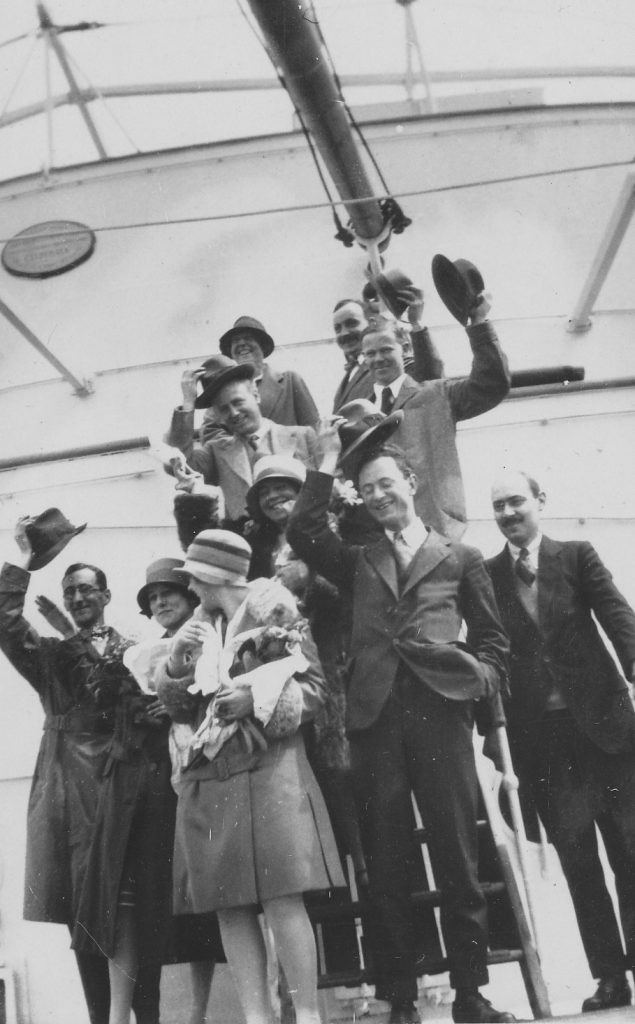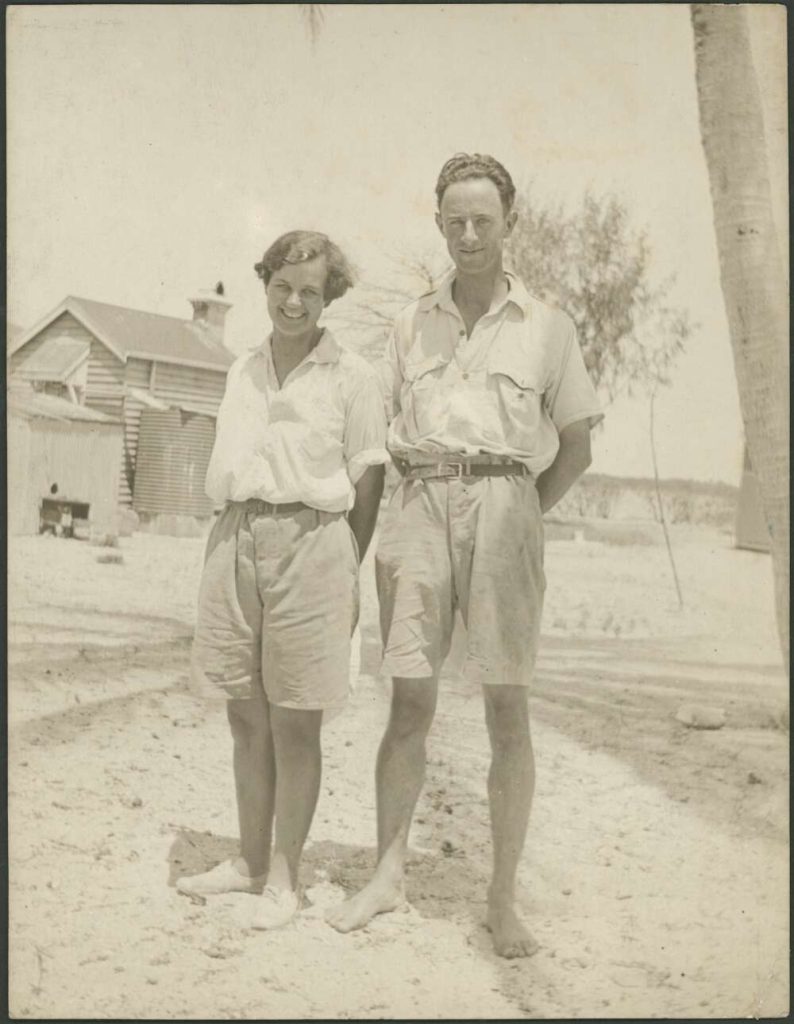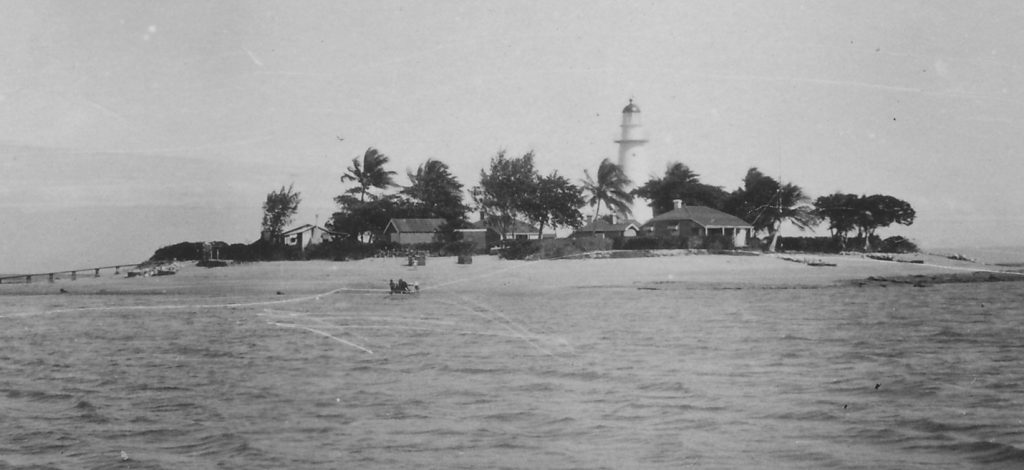2 Adventures of Ideas
Trisha Fielding
As momentum for a large-scale British-led Expedition began to build, the Australian Great Barrier Reef Committee continued to lobby for funding to support it. The amount of £1,000 was raised from the Universities of Sydney, Melbourne and Queensland; as well as from individual donors. The Australian Government was persuaded to contribute £2,500 (a sum that was matched by Britain’s Empire Marketing Board). Over a period of two years, the Royal Society of London contributed £950. Overall, including smaller contributions from other societies and private donors, a total of £8,580 in funding was secured from British and Australian interests.[1]
In 1927, Dr Charles Maurice Yonge, a marine zoologist from Cambridge University, was selected as leader of the expedition. At 27 years of age, Dr Yonge (pronounced Young) had two doctorates from the University of Edinburgh, had completed a research residency at the respected Plymouth Laboratory, and had co-authored a book entitled The Seas, with Plymouth colleague Frederick Russell.[2] When Yonge secured the Balfour Studentship at Cambridge in 1927 (an endowment that allowed the holder to travel to undertake original research in Biology), it made him an ideal candidate to lead the Great Barrier Reef Expedition.

After many months of meticulous planning and preparation, the core expedition party of ten departed Tilbury, England, on the RMS Ormonde on 26 May 1928. Remarkably, none of the ten had ever even seen a coral reef before. Despite this, much was expected of the expedition, and an air of excitement about it prevailed (in both England and Australia), not least because of the youthfulness of the participants. Most expedition members were younger than 30. Yonge was 27, his wife of less than a year, Mattie, was only 24. There was considerable interest from the media in Mattie, who was the expedition’s medical officer. The Yonges were still newlyweds, and here they were embarking on a trip halfway around the world, to live and work on a secluded tropical island for a year. To the press, it was the stuff of great romance. Indeed, Charles Barrett – a journalist with the Melbourne Herald who wrote a series of syndicated articles on the expedition – described the Great Barrier Reef as “a realm of romance and of beauty,” with “white beaches and blue lagoons, turtles shouldering their way through the sea, and palm fronds sweeping the sky.”[3]

Low Isles, Far North Queensland
The site for the headquarters of the expedition – Low Isles, off the coast of far north Queensland – was chosen by the Australian Great Barrier Reef Committee.[4] Low Isles consists of two separate islands which share a common coral reef foundation. The smaller of the two – an oval-shaped coral cay – is known as Low Island. The larger island is called Woody Island, and is mainly formed of coral and mangroves. Low Island was considered an ideal base for the research because it was a purely coral island surrounded by a large reef formation which formed an excellent harbour. Dunk and Fitzroy Islands were considered unsuitable because they were largely comprised of rock. Green Island was a coral island but was already a holiday destination, and since curious tourists might have interfered with the scientists’ work, it was ruled out. There was also a lighthouse on Low Island which was manned by four light-keepers, all of whom turned out to be helpful to the expedition, providing practical assistance and allowing the use of the lighthouse boats. Importantly, Low Isles’ proximity to the mainland meant that weekly provisions could easily be sourced regularly from Port Douglas (just 11 km away) and any heavy equipment required could be shipped from Cairns (approximately 72km away).[5]


The title for this chapter was inspired by one of the books from the Sir Charles Maurice Yonge Collection: Adventures of Ideas by A.N. Whitehead, 1933.
- Charles Maurice Yonge, “The Great Barrier Reef Expedition, 1928 – 1929,” Reports of the Great Barrier Reef Committee 3, (1931): 2, https://www.biodiversitylibrary.org/bibliography/156399; Dorothy Hill, “The Great Barrier Reef Committee, 1922-1982: The First Thirty Years,” Historical Records of Australian Science 6, no. 1 (1984): 7, https://doi.org/10.1071/HR9840610001 ↵
- Brian Morton, “Charles Maurice Yonge (1899-1986),” Archives of Natural History 25, no. 3 (1998): 435, https://doi.org/10.3366/anh.1998.25.3.431. ↵
- Charles Barrett, “Barrier Reef: Isles of Romance.” The Register, July 7, 1928, 5, http://nla.gov.au/nla.news-article57051214. ↵
- Yonge, “Great Barrier Reef,” 2. ↵
- Hill, “The Great Barrier Reef Committee,” 1-18. ↵
As well as being a journalist, Charles Leslie Barrett (1879-1959) was also a naturalist and ornithologist, who published extensively on the subjects of natural history and travel.

